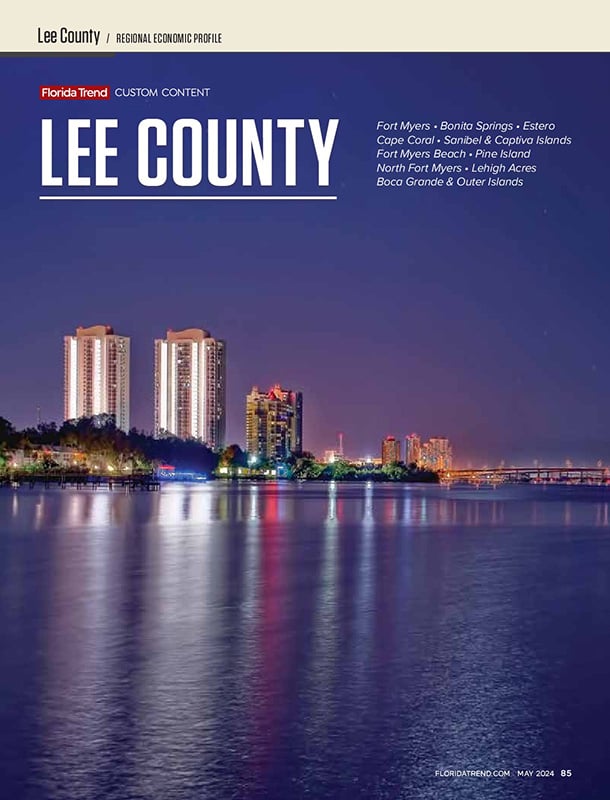'Very, Very Proud'
Somewhere at Nova Southeastern University in Davie there's a lady who made Kona Gray's day. The landscape architect spotted the woman eating lunch on a plaza he worked on at the university library. He wanted people to do just that -- gather, eat, enjoy their surroundings. Gray took her picture, and she astutely asked him whether he designed the plaza. Yes, he replied. How did you know? Gray recalls her response: "I can tell by how much you care and the smile on your face."
KONA GRAY
Vice President / EDSA
Fort LauderdaleEducation: Savannah College of Art and Design, Savannah, Ga.; bachelor's, landscape architecture, University of Georgia, 1997.Likable south Florida spaces: Bonnet House and Stranahan House in Fort Lauderdale, Lincoln Road, Coral Gables.Criticism: "I just don't think we plant enough trees in south Florida."Gray, 35, was born in Boston, where his parents were in college, but grew up in their native Liberia. Its savannas, mountains and seaside "inspired me to be a landscape architect," he says.
He took up the profession at the EDSA firm in Fort Lauderdale after graduating from the University of Georgia. EDSA has $21.6 million in gross annual revenue. Gray's studio is the 150-employee firm's largest with professionals from the U.S., Brazil, Argentina, Romania, Japan and Germany.
He has worked on a 10,000-room resort on Morocco's Atlantic coast and on resorts, campuses and housing developments in Bermuda, Saudi Arabia, Puerto Rico, Gainesville, Virginia, Texas, Panama, Tobago, Ohio and Arizona. But it's a local project -- Nova's campus -- that comes first as he names his favorite work.
And at Nova, his favorite is the library where he and the firm stressed that "it needs to be in a walking environment. It needs to be in the heart of the campus." Says he of the finished product, "very, very proud."
SchenkelShultz Architecture
An Education in Efficiency
In August, architect Thomas Chandler attended his first meeting of a council advising the state on making school construction more efficient.
J. THOMAS CHANDLER
President, COO / SchenkelShultz Architecture
OrlandoHomework: Chandler, a father of four, designed his family's courtyard home in Anglo-Caribbean style.Turning point: A year in Rome as a college student. "It kind of opens your eyes for a guy who had never been out of Fort Wayne, Ind."Education: University of Notre Dame, bachelor's in architecture, 1979.He knows something of the subject. Chandler is president of Schenkel-Shultz Architecture, whose projects have won for school districts the largest share of money from a state program rewarding thrift in building schools. The firm has built 42 cutting-edge schools in Florida using prototypes it developed for Seminole County, which he says has been "at the forefront of educational facilities design for the last 10 years."
Indiana-born and raised, Chandler was sent by SchenkelShultz to Florida in 1983 to work on a local headquarters for an Indiana-based insurer. Four years later, he was put in charge. The firm gets half its annual $26 million in fees from its five Florida offices. It does schools and colleges, airports, courthouses, jails and Red Lobster renovations. Chandler, 47, focuses on "the business side of architecture" and credits a leadership core that's worked together for years.
He pushes community service. He's been president for six years of Ronald McDonald House Charities in Orlando.
And Chandler has a seat on the school construction advisory council. He wants the state to eliminate bureaucratic rules that prohibit districts from tearing down antiquated buildings that interfere with intelligent design.
Chandler himself attended an elementary school in Indiana done in -- of all things -- Spanish-Mediterranean style. "Go figure," he says.
Architects Association
Award Winners
The Florida Association of the American Institute of Architects in August honored Florida architects for work deemed as excelling in design and addressing sustainability, preservation, education and community development -- all important issues in Florida.
Here are some of the award winners:
Roney Jorge Mateu
Coral Gables architect Roney Jorge Mateu, 51, a devotee of "very modern" designs, wanted to build a Gainesville home for his kids and extended family attending UF. "Wild and modern," he envisioned his Casa Gator near the stadium having separate bed-bath "pods," dual fridges and being raised off the ground to allow for parking underneath (at $30 a car) on game days. "People love it or they hate it, which is fine as long as they talk about it," he says. Some in Gainesville hated it, and the city held up construction. Mateu prevailed. "We really should have gotten an award from the city."
Richard J. Heisenbottle
A specialist in historic preserva-tion and theater arts, Richard J. Heisenbottle spent 10 years restoring Miami's ornate Gusman Center for the Performing Arts -- from new AC to plaster to re-creating the 62 colors used to originally paint the Vaudeville-era theater. "Nothing boring about this color scheme," he says.
William N. Morgan
"I'm almost best known for good luck and modesty," cracks Jacksonville architect William N. Morgan, 72. Now, he's also known for his oceanside, five-bedroom Dylan Morgan house, built for his son's family in Atlantic Beach. Says the award-rich Morgan, "It's another great design by me."
Scott Merrill
For the Seaside Meeting House church in Seaside, Vero Beach architect Scott Merrill, 47, aimed for a "larger and more focused version" of the Carpenter Gothic style found in southern Alabama churches.












